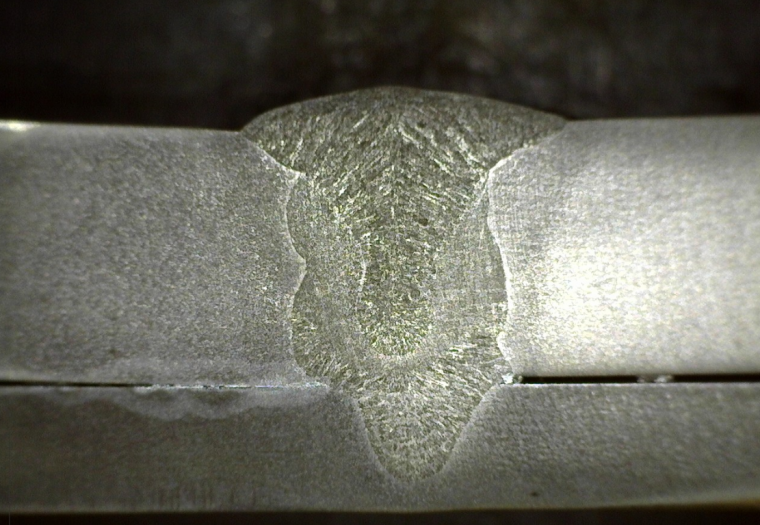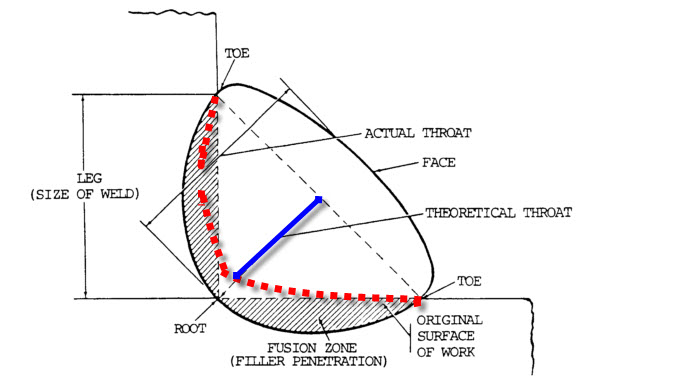Tag Archives: root penetration
7 Variables That Affect Weld Penetration

Getting deeper penetration, or at least adequate penetration is very important in welding. There are a few applications in which we wish to minimize penetration, but in general we always want good penetration. There are many variables that affect penetration, some more than others. It is important to know how each individual variable affects the […]
Bigger (Weld) Is Not Always Better
When it comes to fillet welds, bigger is not always better. A fillet weld is easy to measure, simply take out your fillet weld gauges and measure it. However, there is an incorrect assumption that a bigger weld (as measured with a fillet gauge) is always stronger than a smaller weld. Before we get into […]
Fillet Weld Leg Sizes Are Meaningless!
Measuring fillet weld legs is meaningless, well… not really. Fillet weld leg sizes are very important, but simply measuring the leg of a fillet weld does not tell us if we actually achieved the desired throat dimension. The strength of a fillet weld is determined by its effective throat. As you can see in the […]
Importance of Root Fusion

When weld sizes are determined by design engineers, the theoretical throat is used to calculate weld strength which in turn gives our leg size (for fillet welds). This means that the desired strength of a weld is achieved only if we attain fusion to the root and side walls. The terms fusion and penetration are used […]
